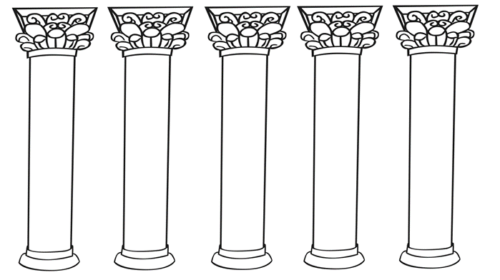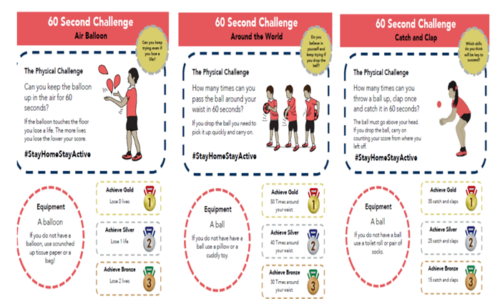Good Morning Owls
I hope you all manage to join us for our Microsoft Teams meeting at 9am this morning. This is a chance for us all to get our heads round how it works and to get to see each other on screen. We’re hoping to start using teams more as time goes on, but while we’re all getting used to how everything works you’re home learning tasks will remain on the website as well as teams in case you’re struggling to find anything. If you are having any trouble with Teams or need anything explaining please email me at horton.z@ruyton.shropshire.sch.uk
Here are your home learning tasks for today:
English:
Following on from the English work you have been doing this week the next lesson is about developing an understanding of words associated with chaos and confusion. You will be introduced to new vocabulary, identify word pairs and synonyms and apply the vocabulary in sentences.
Maths:
Like yesterday we are continuing to look at dividing fractions by integers. You can watch the video or look at powerpoint – or both! The stars tell you how difficult the sheet will be (*=developing **=expected ***=greater depth). If you are in year 5 do the developing sheet first, you may find it easy and want to try a harder sheet. You must do one reasoning & problem solving sheet and one varied fluency sheet. You can mark your work using the answers provided.
Y5/6 – Powerpoint – Dividing by Integers (2)
Y5/6 – Varied Fluency – Dividing by Integers (2)
Y5/6 – Reasoning & problem solving – Dividing by integers (2)
If you’re finding it a bit tricky, have a go at these sheets on calculating quantities of amounts:
Y4 – Powerpoint – Calculate Quantities
Y4 – Reasoning & Problem – Calculate Quantities
Y4 – Varied Fluency – Calculate Quantities
Religious Education:
The first half of this term we will be learning about the Pillars of Islam. Today I want you to have a look at these buildings. What are the pillars for? Why do the buildings need them? What would happen if they weren’t there?



Are pillars always physical? What might someone mean by someone being ‘a pillar of the community?
Have a think about our school rules. How are these like pillars? What would happen if we didn’t have any rules?
On these pillars I would like you to write some beliefs/values/rules you use in your everyday lives. These could link to our school values. For example, I believe that you should treat everyone with respect and always be kind to others. Put your pillars into order of importance. Ask somebody at home (or at school) if they would put them in the same order as you? Will everyone put them in the same order?
(You don’t have to print these pillars off you can just write them into your books or type it up on your computer – this just gives you an idea of how you could present your work)

PE:
Have a go at these challenges. I’ll have a go too – I wonder if you’ll beat my score! Let me know how you get on. Can you think of a challenge that you can set for the whole class to do next week? The best ones will be next weeks challenge!

Music:
OWLS Super Mega Ultra Important Super Fun Quiz ANSWERS:
- What are the names of the three types of ukulele discussed in the video?
Concert, Soprano, Bass
- Can you order the ukulele types from smallest to largest?
Soprano, Concert, Bass
- Approximately how long is a concert ukulele? 55-65 cm 4. Why is it unusual to make a string instrument from plastic? Most instruments made from wood as wood is more resonant 5. What word describes how much a note ‘rings out’ from an instrument? Resonant 6. How old is the smallest ukulele used in the video? Approximately 100 years
- Which company made the Soprano Ukulele?
Ladies of Hollywood
- What material was the finger board on the ukulele made from?
Resin
- Why was this material used?
It stopped the wood from being scratched by long fingernails
- What happens to wood when it gets older?
It becomes louder / more resonant
- What isn’t 100 years old on the Soprano ukulele?
The strings!
- What 2 animal parts used to be used when making ukuleles?
Strings used to be made from cat gut. The ‘nut’ used to be made from bone. 🙁
- Approximately how long is a bass ukulele?
70 cm
- How long ago were bass ukuleles invented?
About 30 years
- What is the approximate diameter of the thickest bass string?
80mm
- Which instruments is the bass ukulele most similar to?
The electric bass guitar / the double bass
Extras:
- Check your music quiz answers – how many points did you get?
- Reading – spend at least 15 minutes reading a book today.
- Times Tables Rockstars.
- Practise your spellings
Record your work in the book sent home from school. Please send copies/photos of your work to me at horton.z@ruyton.shropshire.sch.uk.
Have a great day,
Miss Horton 🙂








